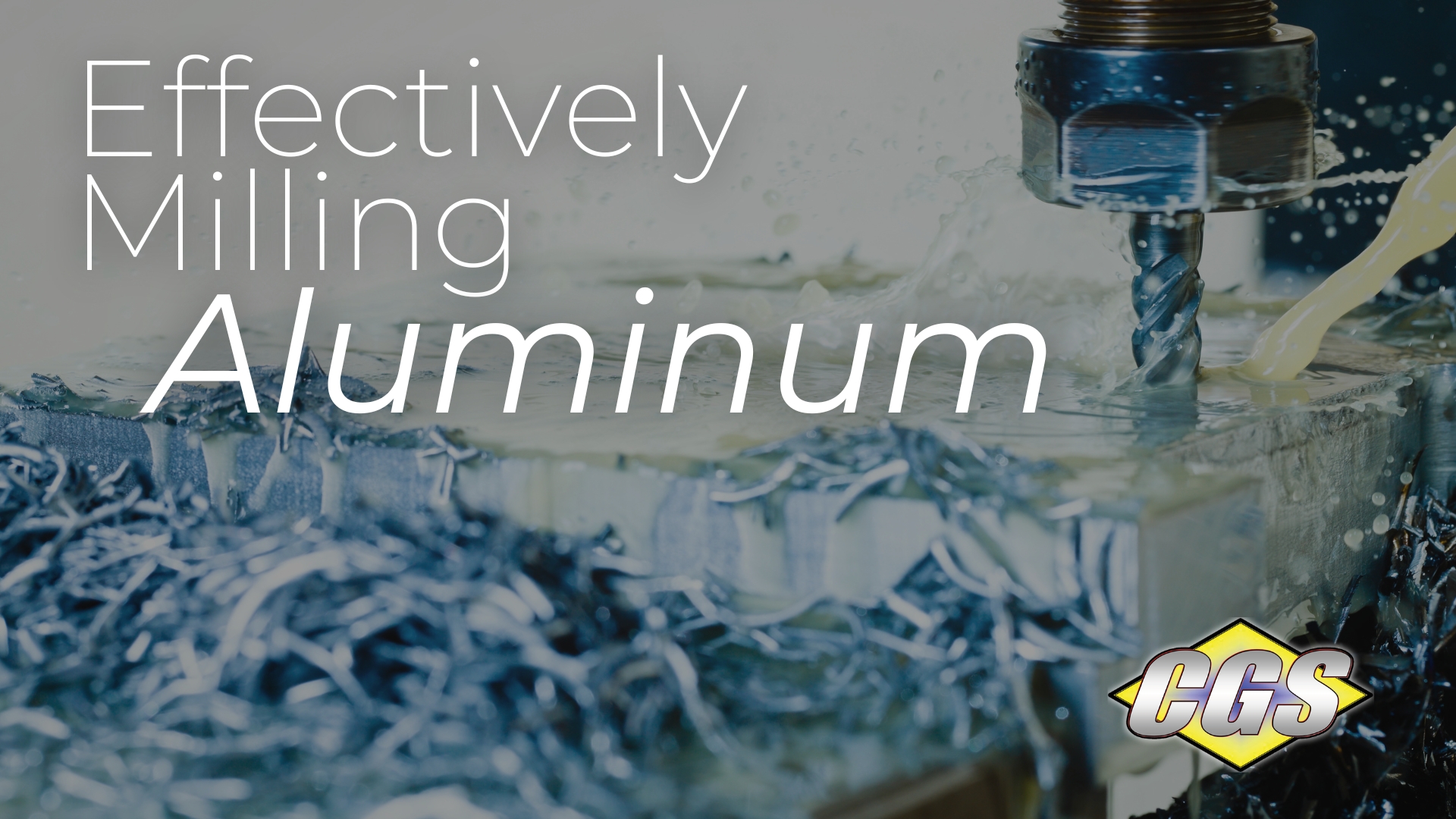Milling aluminum requires specific techniques to achieve clean cuts and avoid damaging your tools. Here is a breakdown of the key factors to consider:
Tool Selection:
- Material: Aluminum is soft, so prioritize hardness in your cutting tool. Opt for carbide end mills over high-speed steel for better edge retention and a smoother finish.
- Flutes: Two-flute end mills are common, but single-flute designs can work well for chip evacuation, especially for deep cuts.
- Coatings: Uncoated carbide tools are sufficient for most aluminum machining. Avoid coatings with Aluminum (Al) in their name, as they can react poorly. For even better performance, consider ZrN (Zirconium Nitride) coated tools.
Cutting Parameters:
- Speeds and Feeds: Aluminum prefers high spindle speeds and moderate feed rates. Run it too slow and friction will increase, reducing tool life and finish quality. Excessively high feed rates can put stress on the machine. Refer to feeds and speeds charts from your tool manufacturer or use a machining calculator to find the optimal settings for your specific application.
- Chip Control: Aluminum tends to produce gummy chips that can clog the flutes and cause problems. Maintain a good chipload (the amount of material removed per tooth revolution) to ensure proper chip evacuation. Climb cutting (feeding the material against the rotation of the tool) can also help with chip control.
Cooling and Lubrication:
- Heat is a major enemy when machining aluminum. Use a cutting fluid to dissipate heat, reduce friction, and improve chip evacuation. Flood cooling (continuously applying coolant) is common, but mist cooling may work for some operations.
Additional Tips:
- Workpiece Security: Ensure your aluminum workpiece is securely clamped to prevent vibration and maintain accuracy.
- Start Shallow: For roughing cuts, begin with shallow cuts (depth of cut, or DOC) and gradually increase them in subsequent passes. This reduces stress on the tool and machine.
- Helical or Ramping Entry: Use helical or ramping entry strategies to reduce chip load during plunge cuts and minimize tool wear.
- Aluminum Alloys: Different aluminum alloys have varying machinability characteristics. If you're unsure about a specific alloy, start with conservative cutting parameters and adjust as needed.



